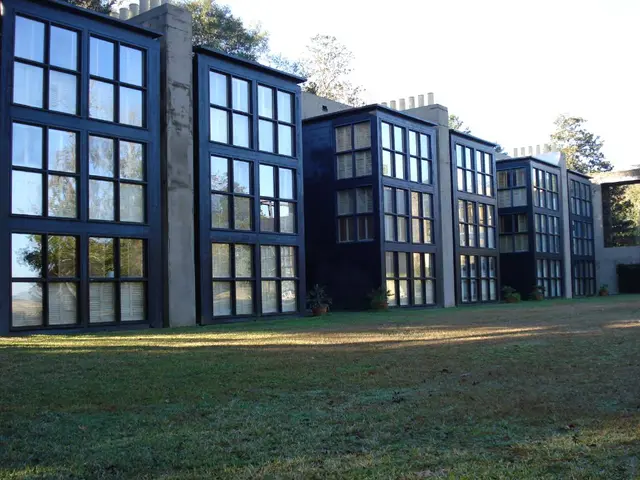Leukemia Remission Explained: A Comprehensive Guide
Acute Myeloid Leukemia (AML), a type of blood and bone marrow cancer, affects individuals of all ages, with remission and survival rates varying significantly across age groups and subtypes.
Firstly, age plays a crucial role. Younger patients, typically under the age of 45-60, tend to achieve higher remission rates (60-80%) and have better 5-year overall survival rates (around 50%) compared to older patients. The survival rates drastically decline with advanced age. For instance, AML patients aged 75 and older have a 5-year survival rate as low as 2%.
Secondly, the AML subtype and its genetic/molecular features significantly influence outcomes. Certain chromosomal abnormalities correlate with more favorable responses to induction chemotherapy, while others indicate higher relapse risk. For example, acute promyelocytic leukemia (APL) with the t(15;17) translocation responds well to differentiation therapy with ATRA, improving remission duration.
Thirdly, the treatment regimen and intensity impact remission and survival. Standard induction chemotherapy, such as cytarabine and anthracyclines, produces initial remission in most patients, but relapse is common, with progressively worse survival after each relapse. Allogeneic stem cell transplant can improve long-term survival in eligible patients.
Furthermore, the tumor immune microenvironment (TIME) may also play a prognostic role by influencing disease progression and response to therapy. However, this is an evolving area of research.
Lastly, patient-specific factors, such as overall health, comorbidities, and ability to tolerate intensive treatment, vary with age and affect outcomes. Younger patients generally tolerate intensive therapies better.
In summary, younger patients with favorable genetic profiles and those who receive optimal chemotherapy and possibly stem cell transplant have longer remission durations and higher survival rates. Older patients and those with adverse cytogenetics show poorer outcomes. AML subtype and molecular features guide tailored treatment approaches to improve prognosis across different age groups.
It's essential to note that each case and person with AML is different, and many factors can alter the way AML progresses and how a person responds to treatment. If a person with AML does not go into remission with standard induction chemotherapy, doctors may recommend other treatments such as targeted therapy, stem cell transplant, clinical trials, or additional chemotherapy.
AML that reaches advanced stages and has spread to new locations is more difficult to treat. The current 5-year survival rates rely on data from at least 5 years ago. Certain chromosomal abnormalities and mutations can improve the chances of maintaining remission.
The WHO classification also includes myeloid proliferation relating to Down syndrome and myeloid or granulocytic sarcoma. Ongoing research is focusing on finding the most effective methods for treating AML in children.
A person with AML is considered in remission when their bone marrow contains no leukemia blasts, blood cell counts are normal, and they are symptom-free. The 5-year survival rate for AML is an average measure of the percentage of people who live at least 5 years after a cancer diagnosis. A person's specific prognosis depends on factors such as age, overall health, subtype or classification and stage of AML, how they respond to treatment, and their unique circumstances.
Nearly half of people who receive consolidation chemotherapy after going into remission achieve long-term remission. AML prognosis is different for adults, children, and teens. Some people may still have leukemia cells present during remission, which can lead to a relapse requiring further treatment.
Around 40% of adults 60 years and older go into remission with initial treatment. For children with AML, the average 5-year survival rate is 68%. Factors affecting AML remission include the type of AML, the person's age, other preexisting health conditions, how well and quickly they respond to AML treatment, and chromosomal changes to the genes.
Cancer experts look at large numbers of people with AML to estimate survival rates. The 5-year survival rate for adults with AML is improving. Doctors are more likely to offer stem cell transplants to fit and otherwise healthy people, including younger patients. Little information is available about AML survival rates for every type and age group.
- Other leukemias, such as those affecting children, are subjects of ongoing research, particularly in finding the most effective treatment methods.
- Apart from physical health conditions, mental health is also crucial in managing the emotional challenges associated with AML, a life-threatening medical condition.
- The health and wellness industry promotes various strategies, including mindfulness and stress management techniques, to support patients with AML during their treatment journey.








